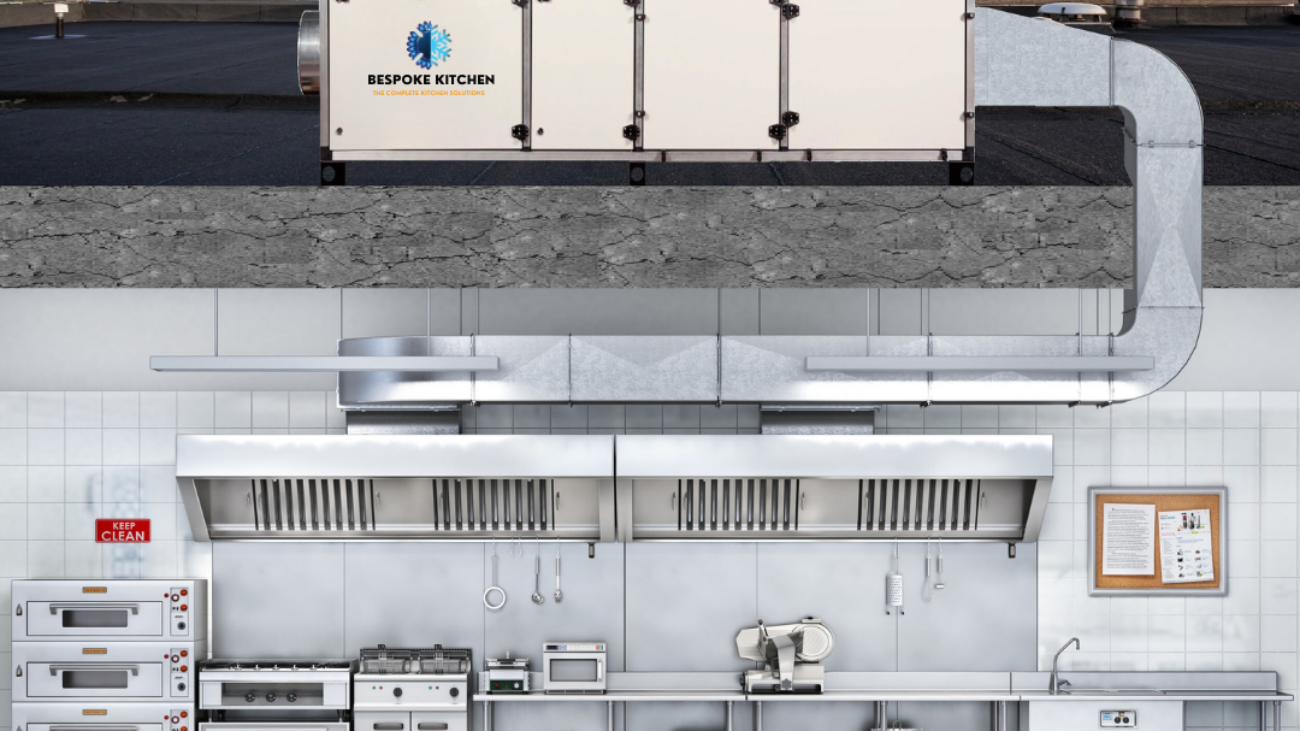Introduction: The Rise of Combi Ovens in Modern Kitchens
In today’s fast-paced culinary world, efficiency and versatility are paramount. Enter the combi oven—an innovation that has revolutionized commercial kitchens across the globe. Combining convection, steam, and a hybrid of both, combi ovens deliver unmatched cooking performance, enabling chefs to prepare a wide range of dishes with precision and consistency. As the backbone of many modern kitchens, these appliances cater to the growing demands of food service operations, from small restaurants to large-scale institutions.
Understanding Combi Ovens: The Technology Behind the Magic
At the core of a combi oven’s functionality lies its ability to switch between three cooking modes:
1. Convection Mode: Utilizing dry heat, this mode is perfect for roasting meats, baking bread, and other tasks where a crispy, golden exterior is desired. The high-speed fan circulates hot air evenly, ensuring uniform cooking across all trays.
2. Steam Mode: This mode introduces moist heat, ideal for steaming vegetables, fish, and other delicate foods. The steam preserves the nutrients and vibrant colors of ingredients while preventing them from drying out.
3. Combination Mode: Perhaps the most innovative feature, this mode merges dry and moist heat, offering the best of both worlds. This hybrid cooking method is particularly effective for large cuts of meat, maintaining moisture while achieving a desirable crust.
The Evolution of Combi Ovens: From Basic to Smart Technology
The development of combi ovens has come a long way since their inception. Early models offered basic functionality, but modern combi ovens are equipped with advanced technology that automates much of the cooking process. Today’s top models, such as the RATIONAL iCombi Pro, are designed with smart sensors that constantly monitor the cooking environment, adjusting temperature, humidity, and cooking time automatically to ensure optimal results. These ovens can even store custom recipes and offer cloud connectivity for remote monitoring and updates.
Key Benefits of Using Combi Ovens in Your Kitchen
Investing in a combi oven offers numerous advantages:
– Space and Equipment Efficiency: By combining the functions of multiple kitchen appliances, a combi oven saves valuable kitchen space and reduces the need for additional equipment.
– Consistency in Quality: With precise control over cooking conditions, chefs can achieve consistent results, crucial for maintaining the quality of dishes across multiple servings or locations.
– Enhanced Productivity: The ability to cook multiple items simultaneously without flavor transfer increases kitchen throughput, essential for high-demand environments.
– Energy Efficiency: Modern combi ovens are designed to be energy-efficient, reducing operational costs in the long run.
– Menu Versatility: From steaming vegetables to baking pastries and roasting meats, combi ovens can handle a vast array of cooking tasks, allowing for a more diverse menu.
Choosing the Right Combi Oven for Your Kitchen
When selecting a combi oven, it’s important to consider several factors:
1. Capacity and Size: Combi ovens come in various sizes, from compact models suitable for small kitchens to large units designed for high-volume operations. Consider your kitchen space and the volume of food you typically prepare.
2. Power Source: Combi ovens can be powered by electricity or gas. The choice between the two depends on your kitchen’s infrastructure and energy preferences.
3. Additional Features: Look for features that align with your kitchen’s needs, such as self-cleaning functions, programmable controls, and integrated hoods for ventless operation.
4. Brand and Support: Choosing a reputable brand with strong customer support ensures that you have access to training, maintenance, and repairs as needed.
Installation and Maintenance: Maximizing the Lifespan of Your Combi Oven
Proper installation is crucial for the optimal performance of a combi oven. It’s essential to work with professionals who understand the specific requirements, including electrical wiring, water supply, and ventilation. Regular maintenance, such as descaling and cleaning, helps prevent breakdowns and prolongs the lifespan of the oven. Manufacturers typically offer service contracts that include routine inspections and repairs, minimizing downtime and maintaining efficiency.
Training and Staff Integration: Ensuring Effective Use of Combi Ovens
While combi ovens are designed to be user-friendly, proper training is vital to unlocking their full potential. Manufacturers often provide initial training sessions, guiding kitchen staff on how to operate the oven, program recipes, and maintain the equipment. Advanced training can cover more sophisticated functions, such as customizing cooking processes and utilizing smart features. Ongoing support, including online resources and helplines, is essential for addressing any operational challenges that arise.
The Environmental Impact: How Combi Ovens Contribute to Sustainable Kitchens
In addition to their operational efficiency, combi ovens also contribute to sustainability efforts in commercial kitchens. Their energy-efficient design reduces electricity or gas consumption, lowering the carbon footprint of food service operations. Moreover, the precise control over cooking processes minimizes food waste, as overcooking and undercooking are less likely to occur. Some models even include eco-friendly features, such as energy-saving modes and water recycling systems, further enhancing their environmental benefits.
Future Trends: The Next Generation of Combi Ovens
The future of combi ovens is set to be shaped by continued advancements in technology. Emerging trends include the integration of artificial intelligence (AI) for predictive cooking, greater connectivity for remote operation and monitoring, and even more sophisticated sensors that can adapt to the specific characteristics of different foods. As the demand for automation and efficiency in kitchens continues to grow, combi ovens will likely play an increasingly central role, driving innovation in both cooking techniques and kitchen design.
Conclusion: Embracing the Power of Combi Ovens
Combi ovens represent a significant investment in the future of any commercial kitchen. Their ability to perform multiple cooking tasks with precision and efficiency makes them an invaluable tool for chefs and food service operators. By choosing the right combi oven and integrating it effectively into your kitchen, you can elevate the quality of your food, increase productivity, and meet the evolving demands of the culinary industry.



